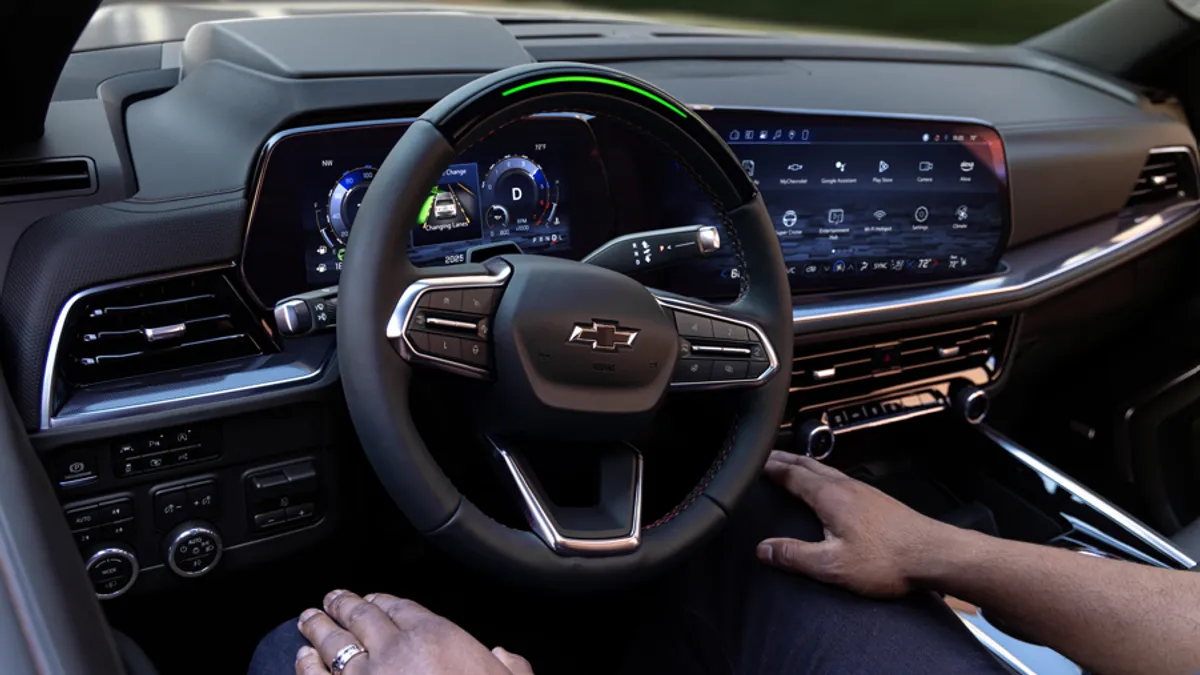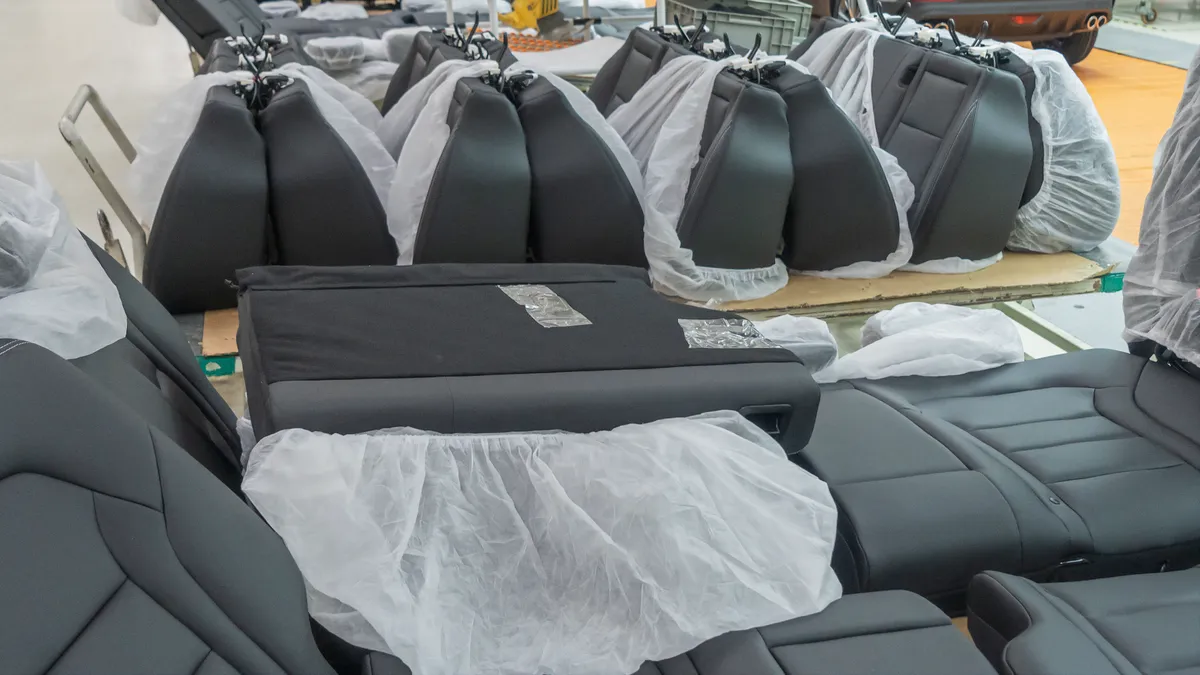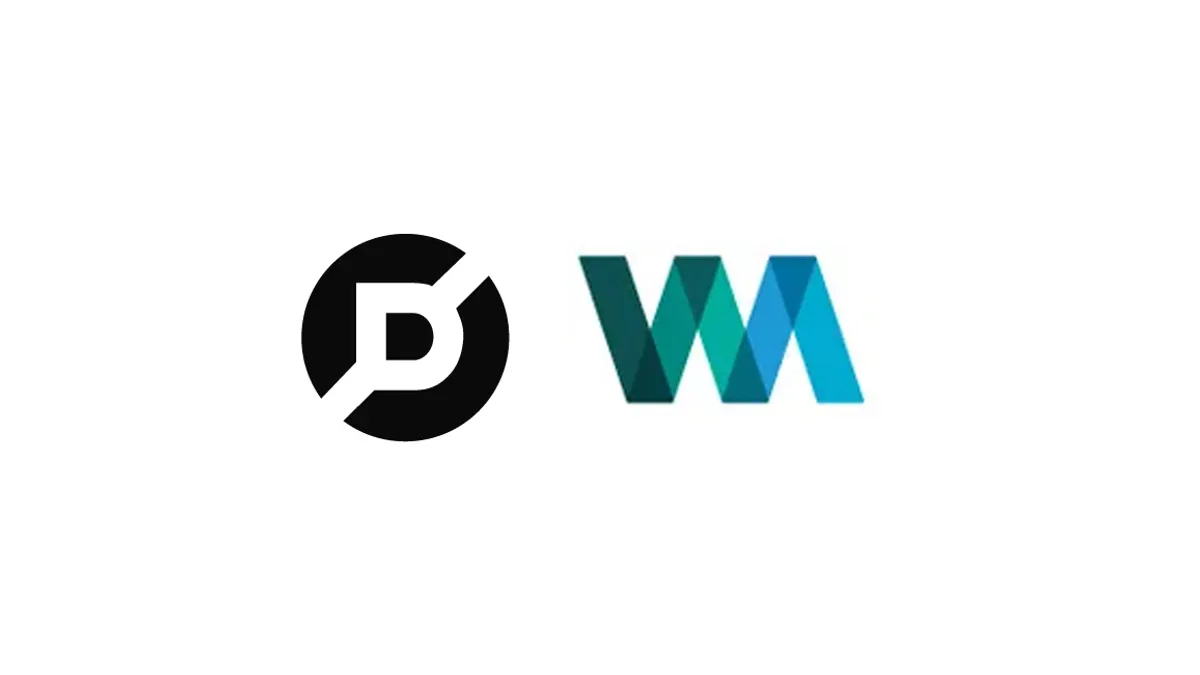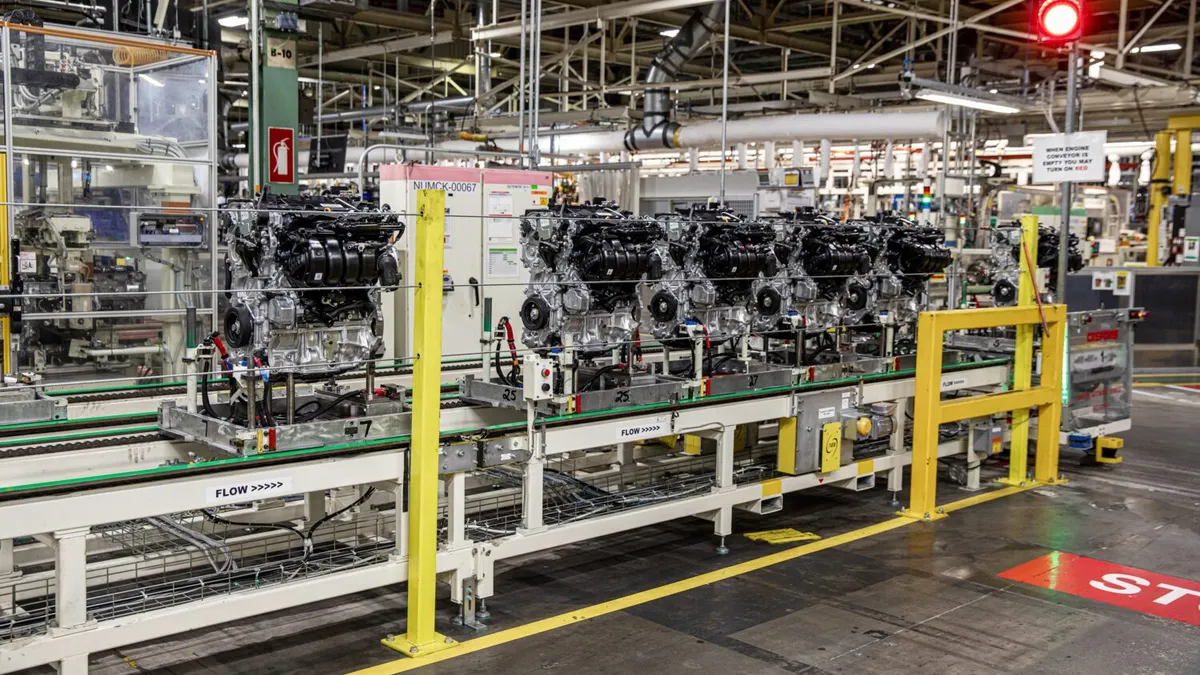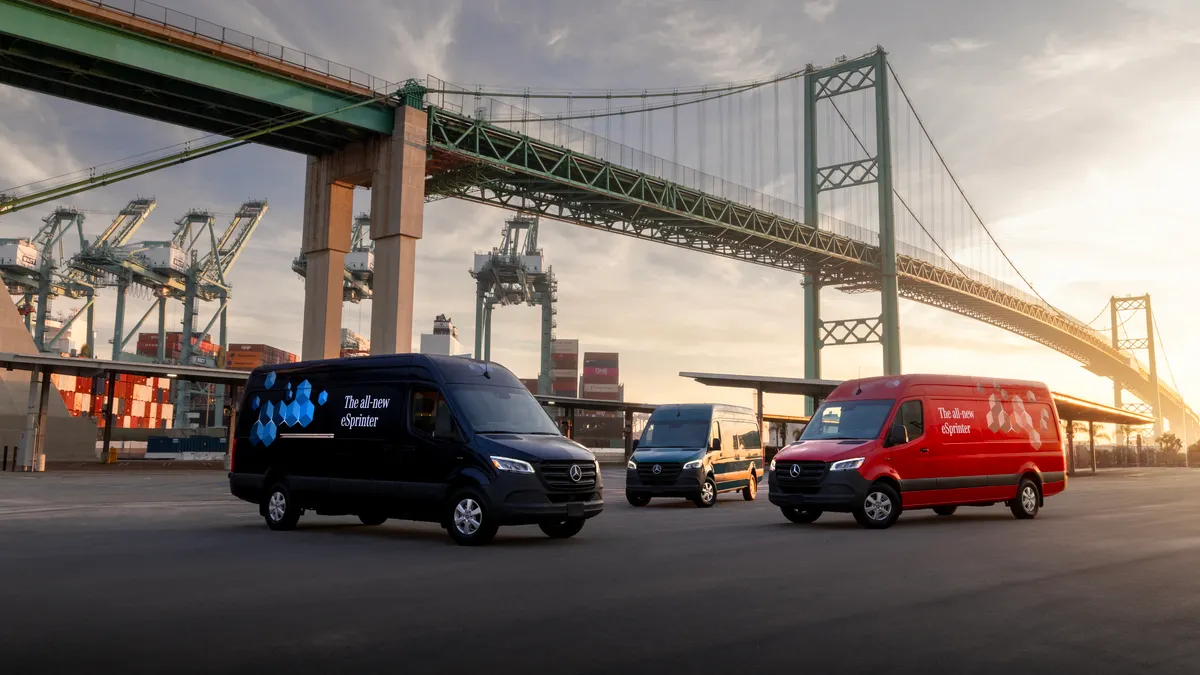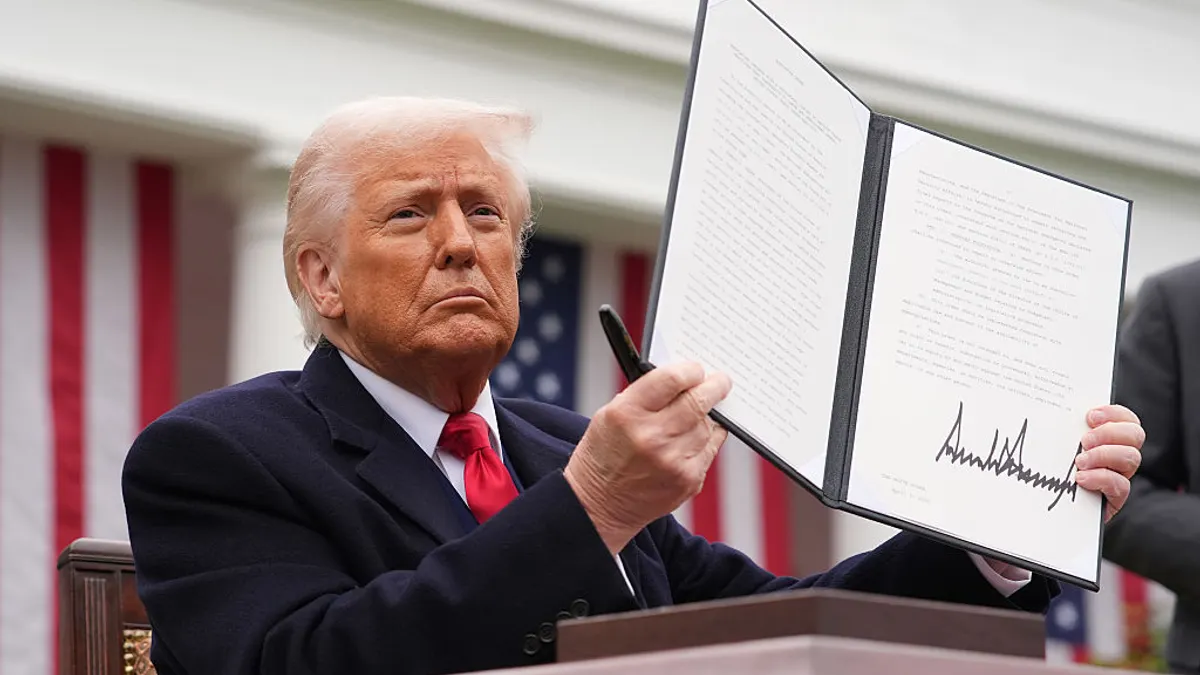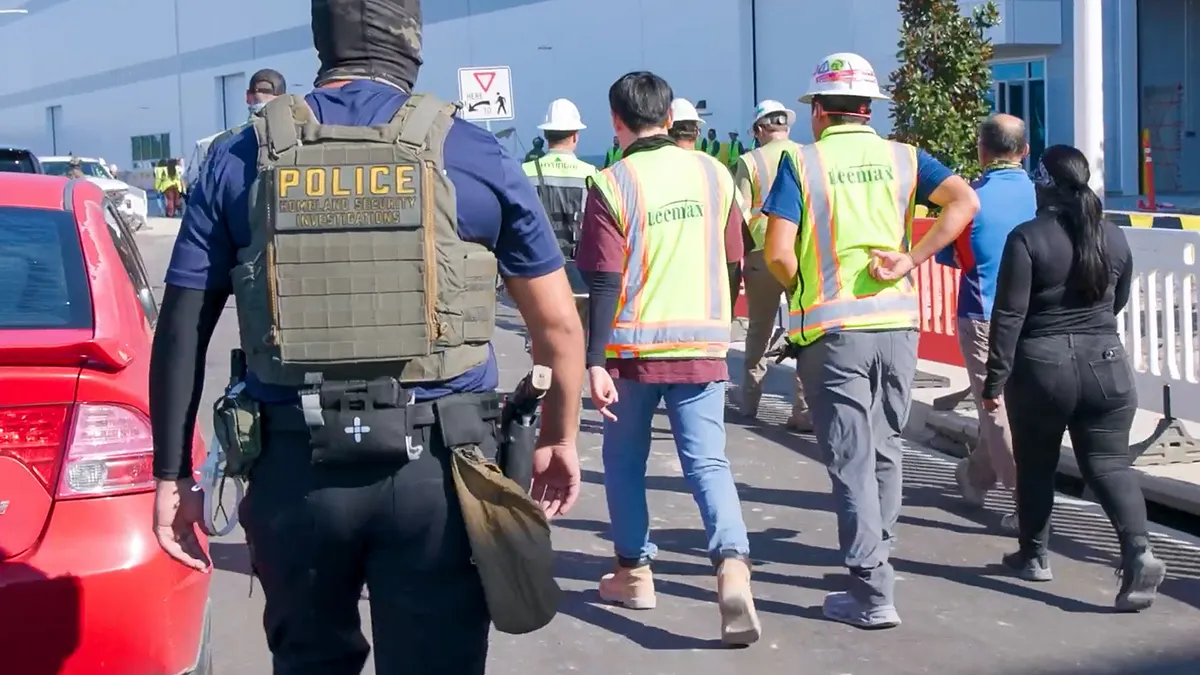A potential September strike by the United Auto Workers against any or all of the Big Three automakers — Ford, General Motors and Stellantis — would reverberate across the automotive supply chain, affecting small and large suppliers alike. Many suppliers, already experiencing an unstable economic environment, are unprepared for a strike and may turn to layoffs to deal with a work stoppage.
“When GM gets a cold, the suppliers get pneumonia,” said Arthur Wheaton, director of labor studies at Cornell University’s School of Industrial and Labor Relations. “Anything that you get at one of the [original equipment manufacturers] creates much bigger headaches as you go further down the supply chain.”
Unlike the Big Three, most suppliers don’t have enough money to endure a long strike, Wheaton said.
In mid-July, the UAW and Big Three began negotiating a new contract, as they do every four years. But instead of the traditional, ceremonial handshake between the UAW president and the Big Three CEOs, the union’s leadership, including President Shawn Fain, visited the companies’ plants to shake workers’ hands.
The handshakes with workers symbolize a new UAW committed to winning for its members, underlining analyst fears that a strike will occur as soon as Sept. 15 after union contracts with the Big Three expire.
As the UAW is quick to point out, the Big Three’s pandemic-era profits soared relative to previous years. Auto suppliers, however, have been much more vulnerable. Before 2019, supplier profits were usually higher than OEM profits, but that trend reversed with the onset of the pandemic. Supply chain disruptions, including battery and chip shortages, cut into supplier margins, but the Big Three benefited by selling fewer vehicles at higher prices as inventory remained low.
“A UAW strike this year would add pain to suppliers already balancing an electrifying industry, increased sustainability demands, rising material costs, rising interest rates, and OEM price-cutting pressure,” said Tyler Harp, industry analyst at the Center for Automotive Research, in an email.
The Big Three may prepare for a strike by increasing inventory, which indirectly helps suppliers by boosting manufacturer demand for their products. But for suppliers themselves, there’s “little they can do to prepare,” said Sam Fiorani, vice president of global vehicle forecasting at AutoForecast Solutions, given that suppliers “follow the lead of the plant” and make parts as needed. He said many suppliers wouldn’t have the warehouse space to store excess inventory anyway.
When the Big Three’s autoworkers strike, suppliers start feeling the “trickle-down effects” quickly, Fiorani said. After GM workers went on strike in 2019, some suppliers laid off workers within days.
“A UAW strike this year would add pain to suppliers already balancing an electrifying industry, increased sustainability demands, rising material costs, rising interest rates, and OEM price-cutting pressure.”

Tyler Harp
Industry analyst at the Center for Automotive Research
Of course, not all suppliers will be affected similarly if a strike occurs. Geographically, Midwest suppliers like American Axle and Manufacturing could be hit hardest since they are more likely to work with the Big Three. According to AAM’s most recent quarterly financial report, the Big Three made up 67% of the company’s consolidated net sales during the first half of 2023.
A supplier’s size also affects how well it can handle a UAW strike, as larger suppliers may be able to bake potential labor costs into their third- and fourth-quarter revenue forecasts.
Supplier Lear Corp. has “the playbook outlined on what we will do if a strike takes place,” Lear CFO Jason Cardew said during the company’s second-quarter earnings call in late July.
Lear included $350 million leeway in its second half of the year financial projections for its seating and e-systems businesses as “contingency for potential downtime from customer labor contract negotiations,” Cardew said. The strike's impact on Lear “depends on the customer that's impacted,” he said, explaining that the 2019 GM strike particularly affected Lear because its seating work with GM “was the most vertically integrated of all the customers that we have,” including Ford and Stellantis.
In addition, automakers and suppliers often work together differently. Wheaton said that “Toyota and Honda tend to treat their suppliers better” in terms of consistency, reliability and taking a collaborative approach to the work.
According to a recent study of North American auto manufacturers by consulting firm Plante Moran, Toyota and Honda had the most effective manufacturer and supplier working relationships, with GM a distant third. Big Three suppliers who work with other automakers may be less affected by a strike, Wheaton said.
However, the “effect of a strike [on suppliers] would depend upon its length,” intensifying as the strike continues, said Marick Masters, a business professor at Wayne State University.
The UAW traditionally chooses a “target” company to focus contract negotiations and, potentially, strike against. After securing that first contract, the union usually negotiates with the other two companies, modeling those contracts off the first.
But the UAW has a different strategy this time.
“The Big Three is our strike target,” Fain said last month, meaning that the UAW could strike against all three companies at the same time. “It’s a game of chicken,” Wheaton said. The UAW is “trying to leverage all three” to encourage one of the manufacturers to work with them to avoid a strike.
Ultimately, the automakers and the UAW want to avoid a strike. The difference, of course, is that the UAW wants one of the Big Three to fold first. To avoid calamitous domino effects, either the UAW or a Big Three automaker will have to fold — before mid-September.
“Once you start a strike … they’re extremely unpredictable and hard to stop,” Wheaton said.




